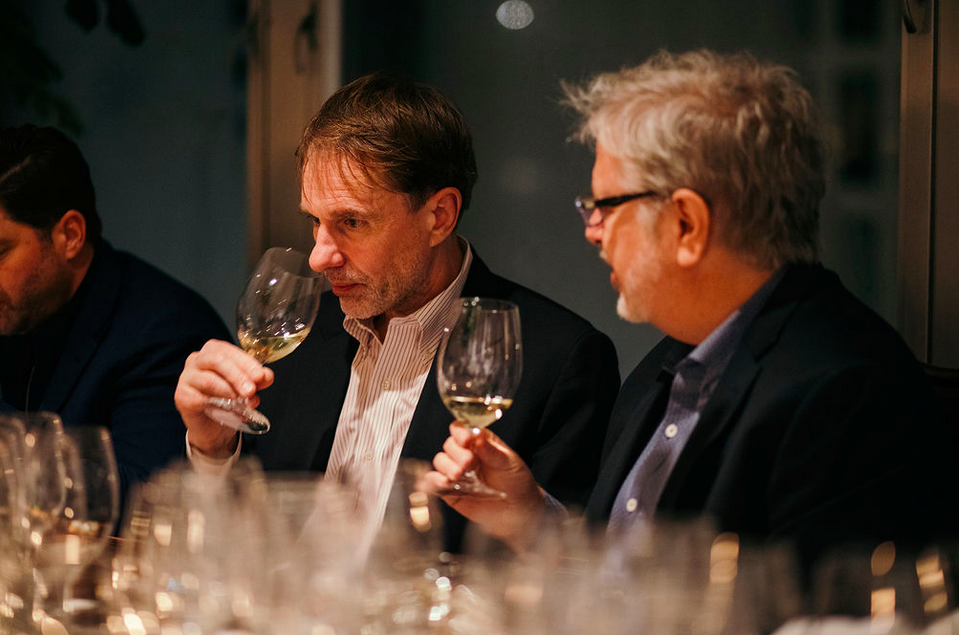Although this article was written before the pandemic took hold in the US (Mid-March), most of the information in it remains valid regarding the structure of the US market, except with respect to the on-trade sector. Additionally, it should be added that a number of branding and trade relations activities are moving to the internet due to the constraints of social distancing and wearing masks.
The on-trade (restaurant, food service, catering) is one of the most severely hit sectors of the US economy. According to the National Restaurant Association, “the restaurant industry will suffer between 5 and 7 million lost jobs as a result of the coronavirus pandemic.” It will take a very long time for the restaurant world to regain the multiple facets described in this article.
Although a real interest in Bordeaux wines continues to exist in the US, Bordeaux has not been reigning over the world of fine wines for several decades. All the wine regions of the world are represented in every price segment, with the exception that consumers can find very few quality Bordeaux wines in the lower priced categories (<$15). At the other end, the offer from California continues to grow, while the best wines from Burgundy and northern Italy woo wealthy wine lovers. All these wines are displayed side by side in stores and restaurants.
A growing interest for natural, bio and biodynamic wines in the edgiers markets must also be noticed. Additionally, many consumers are becoming more attentive to the producers’ concerns for the environment, diversity in the work place and fair practices.
Bordeaux classified and equivalent estates are overwhelmingly exported to the US by négocians, aka the Place de Bordeaux. Very few bordelais domains have a direct and exclusive relationship with a national importer, regional distributors or end customers. As a result, the offer from Bordeaux is more or less divided into three amorphous categories from the perspective of the the US wine trade: First Grands Crus Classés and Icones (Petrus, Cheval Blanc, Yquem, Le Pin), other Classified Growths and the likes, “petits châteaux”.
Due to this exportation and distribution approach, (1) the supply constantly varies into the US market and most wines are substituable within each category — except icon wines, and (2) Bordeaux estates lag behind other regions with regard to brand building. Indeed, this system is at the opposite of the development of a brand which requires control of distribution and prices in the market, long term engagement and consistency. It also entails the presence of representatives — ambassador, regional director, educators — to help trade partners at every step from producer to consumers.
In today’s branded world, one could certainly say that such representatives are attributes of dynamic brands and of brand building. Things being what they may, it is not unlikely that the Bordeaux offer will evolve in the future into (1) Icons (most Firsts, Petrus, Cheval Blanc, Yquem), (2) GRANDES MARQUES, (3) other Classified and the like, (4) petits châteaux. As it is, the 1855 classification is already not a major decision factor for buyers in general. (Even though a cru’s ranking is often mentioned, we believe it will be superseded by the relative strength of the brand and its price positioning in the future.)
Contact us for the full market report, available in English or French:

